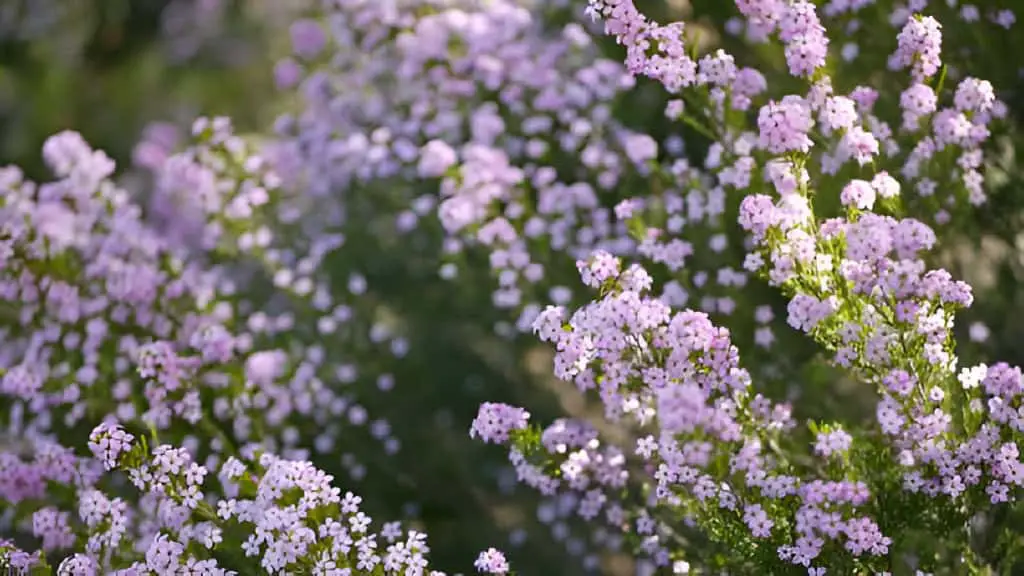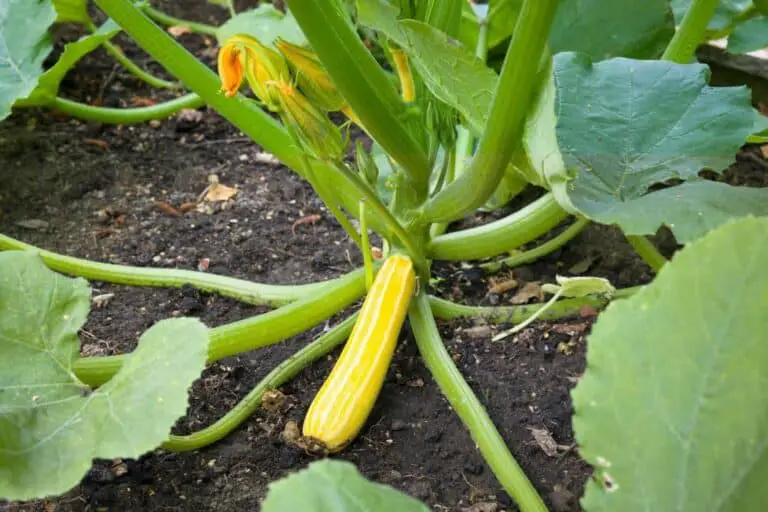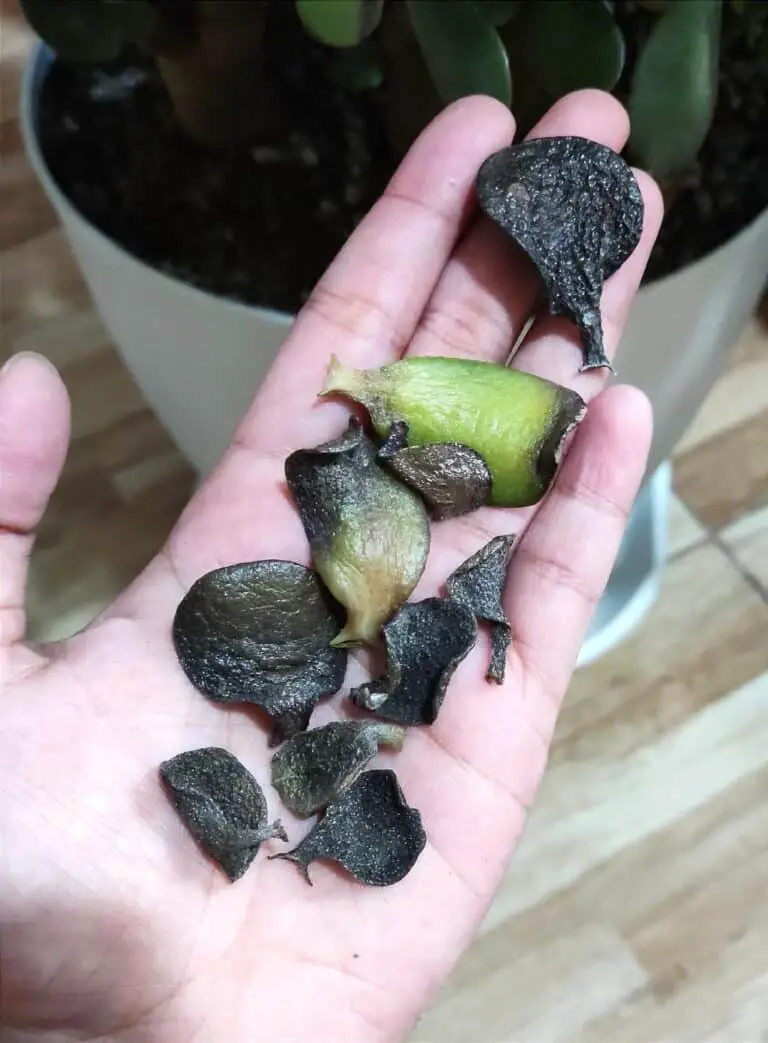How to Revive a Weak Lilac Tree: Key Steps for a Stronger Plant

Lilacs, with their fragrant blooms and vibrant green leaves, have a way of making any garden feel like a slice of paradise. But what happens when your lilac tree starts to look more drab than dreamy? A wilting, weak lilac can tug at your heartstrings—especially if it’s one you’ve nurtured over the years.
I’ve been there, staring at my own struggling lilac and wondering where I went wrong. But the good news? Reviving a weak lilac tree is not only possible; it can be surprisingly straightforward with the right approach.
Spotting the Signs: Is Your Lilac Tree Really in Trouble?
Before diving into the rescue mission, let’s make sure your lilac really needs it. Is your lilac tree truly in danger, or is it simply experiencing difficulties? Signs of a struggling lilac tree include wilting leaves, sparse or stunted growth, and a lack of those iconic blossoms. You might even notice the bark looking cracked or peeling, which can be a telltale sign of stress.
Occasionally, it’s about reading the tree’s subtle cries for help: discolored leaves, dry soil, or the sneaky presence of pests. So, what’s your lilac trying to tell you, and how can you be the hero it needs?
Step 1: Assess the Soil and Light Conditions
Lilacs love the sun—like, they can’t get enough of it. They need at least six hours of sunlight each day to thrive. If your lilac is tucked away in the shadows, it’s no wonder it’s sulking. Consider pruning back other plants or even transplanting your lilac to a sunnier spot if possible.
Next, check the soil. Lilacs prefer well-drained, slightly alkaline soil. Grab a pH test kit, and see where your soil stands. If it’s too acidic, you can add lime to balance things out. And remember, lilacs hate wet feet—so make sure the soil isn’t waterlogged.
Step 2: Water Wisely
Here’s the deal with lilacs: they’re picky drinkers. Too little water, and they dry up; too much, and they drown. It’s all about balance. Deep watering once a week usually does the trick, especially during dry spells. You want to soak the soil thoroughly, but let it dry out a bit between waterings. Mulch can be a lifesaver here, helping to retain moisture without overdoing it. Spread a layer of mulch around the base, but not too close to the trunk—let the roots breathe.
Step 3: Pruning for Power

Pruning can feel like a drastic measure, but consider it to be a fresh haircut—necessary for growth. Start by removing any dead or diseased branches. This helps your lilac look better and redirects energy to healthier parts of the tree.
Cut back the branches that cross each other, and thin out crowded areas to allow more light and air to flow through. Aim to prune right after the lilac blooms in the spring; this timing ensures you’re not chopping off next year’s buds.
| Pruning Tips | Description |
| Dead Branch Removal | Cut back dead or diseased branches to the base to promote healthy growth. |
| Crossed Branches | Trim branches that rub or cross each other to avoid damage. |
| Thin Out Crowded Areas | Allow more light and air circulation by removing excess growth. |
| Timing | Prune immediately after blooming to preserve next season’s buds. |
Step 4: Fertilize for Future Growth
While lilacs aren’t heavy feeders, a little boost now and then can work wonders. Use a balanced fertilizer in the early spring to give your lilac the nutrients it needs. Avoid high-nitrogen fertilizers, though—those can cause lush foliage at the expense of flowers.
Instead, look for a formula with a higher middle number, which stands for phosphorus and encourages blooming. Sprinkle the fertilizer around the base, water it in, and let nature take its course.
Step 5: Pest Patrol
Pests can be a lilac’s worst enemy, from aphids to borers. Keep an eye out for any unwelcome guests. You might see small holes in the leaves or notice a sticky residue—classic signs of aphids. For a quick fix, blast the leaves with a strong jet of water to dislodge these pests.
If the problem persists, insecticidal soap or neem oil can be your best bet. And for borers? Pruning out infested wood and applying a systemic insecticide can help keep your lilac pest-free.
Step 6: Be Patient and Consistent
Reviving a lilac tree isn’t an overnight affair. It’s a dance of patience and consistent care. You might not see results immediately, but with each proper watering, each thoughtful prune, and every sunny day, your lilac will start to show signs of life.
Watch for new growth, healthier leaves, and eventually, those beautiful blooms. It’s a slow journey, but seeing your lilac come back to life is worth every effort.
Encouraging New Growth of Lilac Tree
Encouraging new growth in a lilac tree takes time, care, and a watchful eye. After pruning away old, weak branches, use techniques like proper watering and balanced fertilizing to stimulate fresh shoots. A layer of mulch helps retain moisture and protect delicate roots.
Patience is just as important as pruning. It may take a season or two before your lilac bounces back with strong new stems and clusters of fragrant blooms. Stay consistent with your care routine.
Keep an eye out for these signs that your lilac is recovering well:
- Buds forming on new branches
- Healthy green leaves replacing wilted ones
- Steady growth each month
| Recovery Sign | What It Means |
| New shoots emerging | Tree responding to pruning |
| Fresh leaf growth | Proper nutrients in action |
| Blooming clusters | Full recovery is underway |
Celebrate small milestones — they’re proof your lilac is regaining strength.
The Benefits of a Healthy Lilac Tree
A thriving lilac tree doesn’t just beautify your garden; it also attracts pollinators like bees and butterflies, creating a mini-ecosystem right in your backyard. Plus, those fragrant blooms are perfect for cutting and bringing indoors—a touch of nature’s perfume for your home.
By taking these steps to revive your lilac, you’re investing in a plant that can bring joy season after season. So, prepare yourself by putting on your gardening gloves, rolling up your sleeves, and bringing your lilac back from the edge.
Reviving a weak lilac tree might seem like a daunting task, but trust me, it’s doable. With a little TLC and the right approach, you’ll watch your lilac bounce back, stronger and more beautiful than ever.
So, the next time you pass by a flourishing lilac tree, take a moment to appreciate the resilience behind those blooms—because now, you know the effort it takes to get there. Happy gardening!






